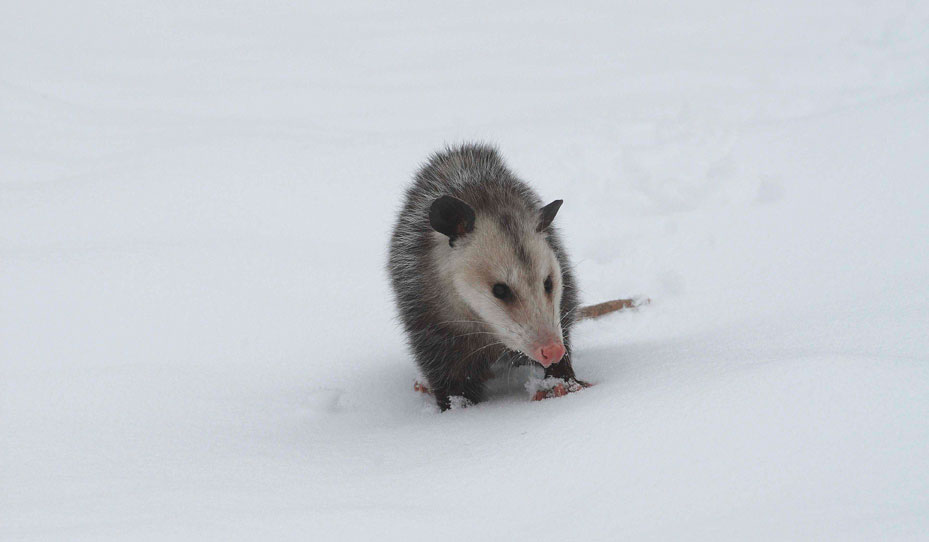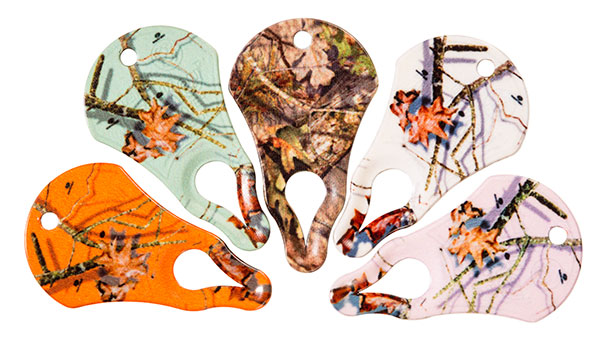To have more wildlife on your property, especially deer and turkeys, you must manage predators. Mossy Oak GameKeepers ProStaffer Michael C. Johnson of Plainfield, Georgia, started trapping and harvesting predators about nine years ago. Johnson has been a Mossy Oak ProStaffer for three years.
Michael Johnson | Mossy Oak ProStaff

I started hunting and trapping coyotes, foxes, raccoons and possums, because they were keeping turkey and deer numbers down on the properties my family and I hunted. Back then we didn’t have very many turkeys to hunt. We knew that possums, raccoons, coyotes and foxes all were nest predators of turkeys. We wanted to give the wild turkeys on our lands a better chance to reproduce and have poults survive on the lands we hunted.
Over the course of a year, I’ll hunt between 4,500-5,000 acres. This includes our family’s and friends’ properties and local hunting clubs that have asked me to help control their predators, too. I’m what’s known as a “critter getter.” Since we’ve been hunting predators on all those lands, we’ve seen a tremendous increase in the turkey population.
Besides hunting predators, my family and I also trap predators. The predators we hunt at night are very smart animals, and they often may spook before we can take our shots. We’ve learned that often we can be much more effective by trapping these predators. Our predator hunting and trapping has more to do with wildlife management than it does with hunting as sport. We want to give animals like turkeys and deer had a better chance of survival to grow to maturity.
Most people don’t think about raccoons and possums as being detrimental to wildlife. They generally consider bobcats, coyotes and foxes as being problems. But when you want to increase turkey populations, the raccoons and possums are much more damaging to turkeys. They’ll destroy wild turkey eggs and nests and often kill hens sitting on their nests. If a coon or a possum finds a hen turkey that is holding tight on the nest no matter what, and they kill and eat her as well as her eggs, that predator has reduced the number of available turkey hens as well as the number of poults that would have been born that year. Planting food plots, doing prescribed burns and manipulating the habitat for turkeys are all good practices to increase turkey populations. However, if you overlook predator control, you’re leaving out a very important and critical element of turkey management.
We realize we’ll never wipe out all the coons, possums and coyotes on the lands we and our friends hunt, but by reducing the number of predators in a single year, we can see more turkeys and deer be born and survive than if we don’t practice predator control. To have more turkeys, you need to establish a well-planned predator control program on your hunting lands.



























